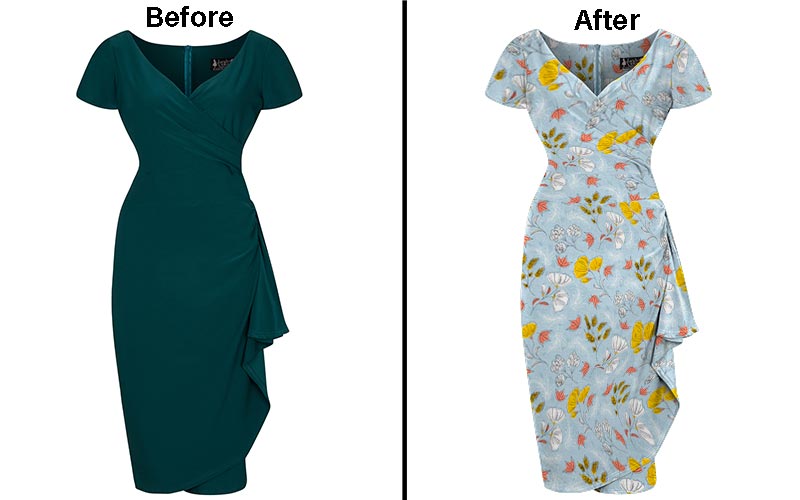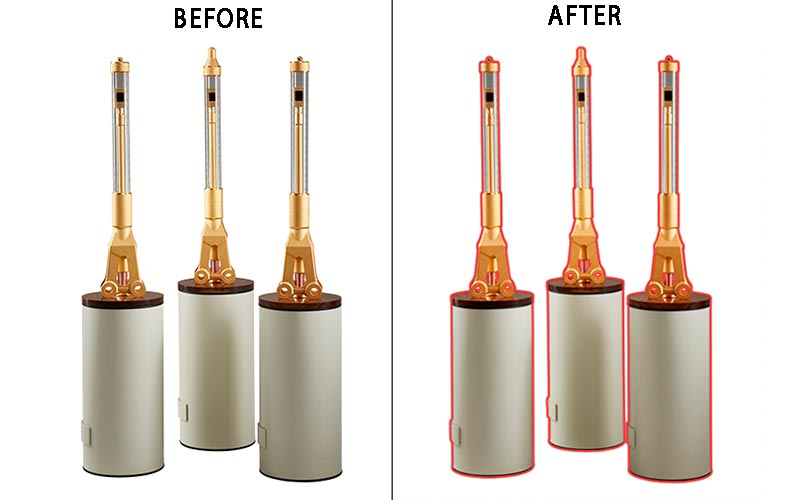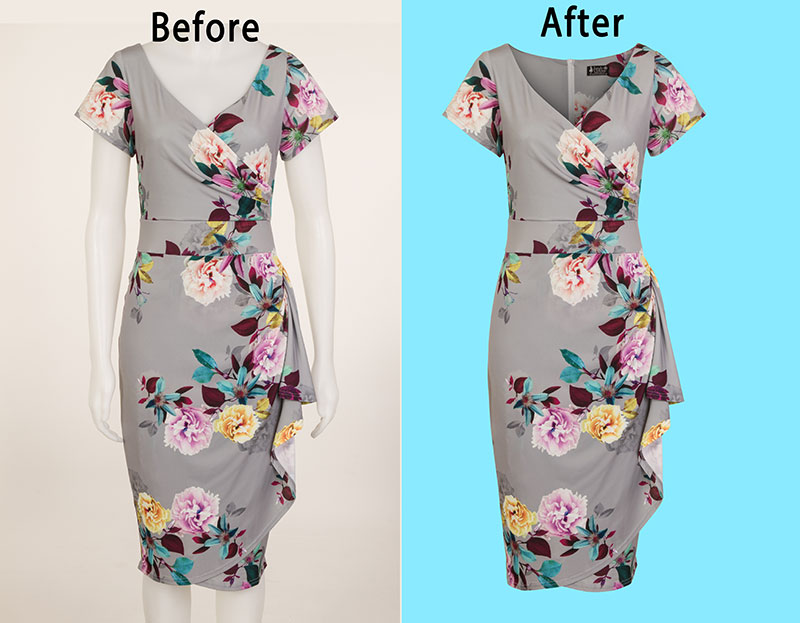Color Change
Price Start from $0.99 or €0.95
Color change is a remarkable digital transformation that breathes new life into visuals. It allows for altering the hues, tones, and shades of elements, creating captivating, customized looks. This versatile process is applied in design, photography, and branding, ensuring that colors convey the desired mood and message.

Color Change
Color change, a subtle yet powerful facet of the visual arts, is the process of altering or manipulating colors in an image to achieve a specific aesthetic, convey emotions, or fulfill creative objectives. From photography and graphic design to fashion and marketing, color change plays a pivotal role in transforming visuals and telling compelling stories. In this comprehensive exploration, we'll delve into the intricate world of color change, uncovering its applications, techniques, tools, and the profound impact it has on the way we perceive and interact with images and designs.
Understanding the Essence of Color Change: Color change, also referred to as color manipulation or color correction, involves adjusting and modifying the colors within an image. The primary objective can vary widely, from enhancing the visual appeal of a photograph to aligning the color scheme of a design with a brand's identity. Color change can be used for subtle improvements or more dramatic alterations, making it a versatile and indispensable tool in the visual arts.
Applications of Color Change: Color change serves as a critical component in multiple creative fields, each with its unique set of requirements and goals. Some key areas where color change is integral include: Photography: Photographers often use color change to correct lighting issues, enhance natural colors, or create stylistic effects, making images more visually captivating. Graphic Design: Graphic designers employ color change to ensure consistency in branding, adjust color schemes to evoke specific emotions, and create visually appealing layouts. Fashion: In the fashion industry, color change is used to modify clothing colors, experiment with different fabric dyes, or adapt apparel to varying seasons and trends. Web Design: Web designers apply color change techniques to create harmonious and visually pleasing websites, as color plays a crucial role in user experience. Marketing and Advertising: Marketers and advertisers use color change to align visuals with their brand messaging, making advertisements and promotional materials more appealing and memorable. Fine Arts and Illustration: Artists utilize color change to explore different color palettes and convey emotions or themes through their work.
Techniques for Color Change: Color change involves various techniques and methods tailored to the specific needs of a project. Some common techniques include: Color Correction: Adjusting colors to achieve accuracy and consistency, ensuring that they closely match the natural appearance of the subject or the intended aesthetic. Color Grading: The process of altering the colors in an image to create a specific mood or atmosphere, often used in film and photography. Selective Color Manipulation: Isolating and changing the color of specific elements in an image while leaving the rest of the colors untouched. Color Replacement: Replacing one color with another, a common technique used for changing the color of objects or backgrounds. Hue, Saturation, and Lightness Adjustments: Fine-tuning individual aspects of color, allowing for subtle or drastic alterations. Duotone and Tritone Effects: Transforming an image into two or three colors to create striking and unique visuals.
Tools for Color Change: Achieving effective color change requires the use of various tools, both software and hardware. Some essential tools include: Adobe Photoshop: Adobe Photoshop is the industry-standard software for color change, offering a wide range of tools and features for editing and manipulation. Adobe Lightroom: Lightroom is commonly used for color correction and enhancing RAW photographs. Color Grading Software: Specialized color grading software is utilized in the film and video industry to achieve precise color effects. Color-Picking Tools: Digital color-picking tools help select specific colors and create color palettes. Graphic Tablets: Graphic tablets with pressure-sensitive pens provide a natural and precise way to execute color change and retouching.
The Impact of Color Change: Color change has a profound influence on the way viewers perceive and interact with visuals. Here are some of the ways it significantly affects the viewer's experience and understanding: Visual Appeal: Color change enhances the visual appeal of images, making them more captivating and engaging to viewers. Emotional Impact: Colors have the power to evoke emotions, and color change is a potent tool for conveying specific feelings or moods. Branding and Identity: Color change is crucial in maintaining brand consistency, as it ensures that all visuals align with the brand's identity and message. Information Clarity: Altering colors can enhance the clarity and legibility of information, especially in design and marketing materials. Creativity and Expression: For artists and designers, color change is an outlet for creative expression and experimentation.
Challenges and Considerations: While color change is a versatile and essential tool, it comes with its own set of challenges and considerations: Color Accuracy: Achieving precise color accuracy can be challenging, especially when matching real-world colors. Consistency: Maintaining consistent color palettes across various images and designs is vital for branding and identity but can be challenging. Ethical Considerations: Altering colors in a way that misrepresents products or people can lead to ethical concerns. Visual Impact: Different colors have different visual impacts, and changing colors may influence how viewers perceive images and designs.
The Future of Color Change: As technology and design tools continue to advance, the future of color change is filled with exciting possibilities. Some trends and developments to watch for include: AI-Powered Color Matching: Artificial intelligence will become more prominent in automating color change processes and ensuring color accuracy. Sustainable Color Change: Sustainable and eco-friendly color change practices will gain importance in alignment with the broader trend of sustainability. Interactive Color Change: Interactive design elements may incorporate color change, allowing users to customize colors and create a personalized experience.
In Summary: Color change is a dynamic and essential aspect of the visual arts, offering a wide spectrum of possibilities to enhance and transform images and designs. Whether it's creating visually captivating photographs, aligning branding with specific colors, or evoking emotions and moods, the art of color change empowers visual storytellers to convey messages, captivate audiences, and shape the way we perceive the world through the lens of color. As technology continues to advance, the impact and potential of color change in various creative endeavors will only expand, making it an ever-relevant and transformative skill in the world of visual communication.


